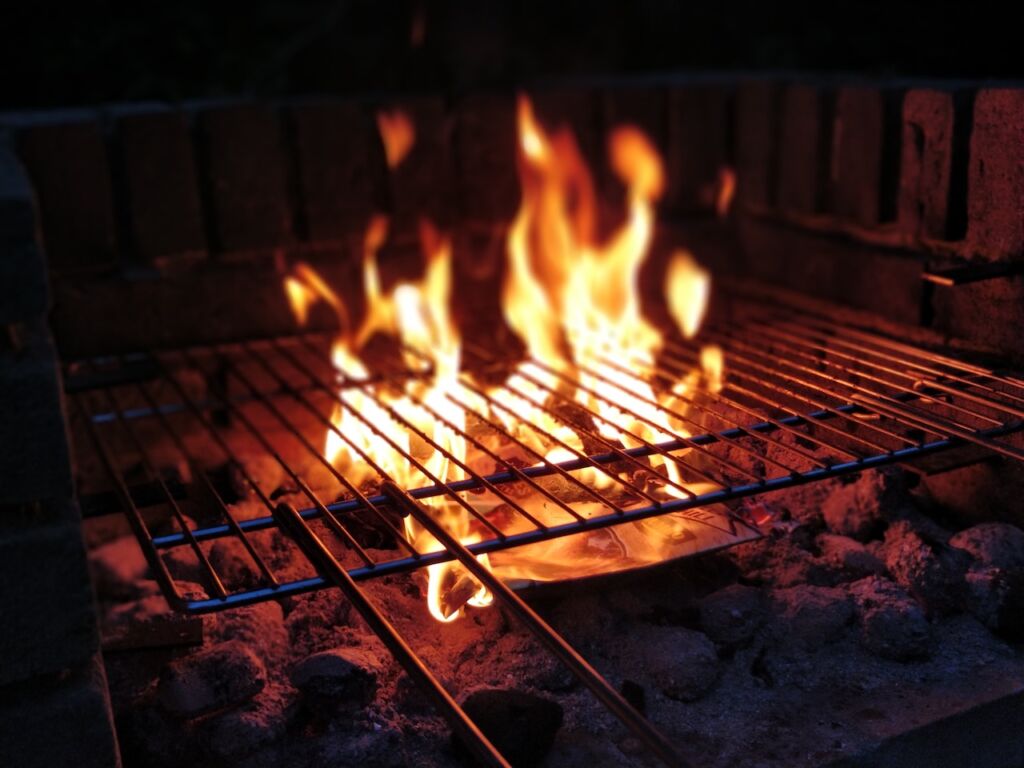
Mastering the Art of Grilling a Perfect Beef Tenderloin
Grilling a beef tenderloin isn’t a mere task; it’s an immersive experience that takes you on a sensory voyage, captivating both the palate and the imagination. This culinary expedition holds within its grasp the potential to awaken a symphony of flavors that dance harmoniously on your taste buds. Imagine the anticipation as you witness the transformation of raw meat into a masterpiece of taste, tenderness, and visual allure.
For those who are novices to the world of grilling, this journey presents an exciting opportunity to step into the realm of outdoor cooking with a touch of elegance. The beef tenderloin, often referred to as the “king of cuts,” is not only a delicacy but a canvas upon which culinary artistry is displayed. It beckons beginners to explore its nuances, offering a delightful challenge that’s rewarding both in the creation and consumption of the final dish.
Conversely, even seasoned grill enthusiasts can find fresh inspiration in the quest to perfect the art of grilling a beef tenderloin. For those who have already reveled in the smoky aromas and succulent textures of various cuts, this experience opens a door to refine and elevate their skills. The journey from amateur to aficionado is marked by continuous learning, and our comprehensive guide stands ready to provide insights that sharpen techniques and unveil subtleties that might have been overlooked.
Imagine the sizzle of the grill, the tantalizing aroma that envelops you, and the anticipation that builds with each passing minute as the tenderloin undergoes its flavourful transformation. From understanding the primal appeal of the cut itself to the practical mastery of precise grilling techniques, our guide is more than a manual—it’s your trusted companion. It’s the reassuring presence that stands by your side, offering guidance when questions arise and celebrating your successes as you progress along this culinary voyage.
As you embark on this journey, remember that grilling a beef tenderloin is more than the sum of its parts. It’s a sensory symphony that harmonizes aroma, taste, texture, and even the sizzling sights and sounds of the grill. It’s a celebration of the art of cooking, the joy of sharing, and the satisfaction of achieving culinary excellence. Whether you’re igniting the flames of your grilling passion for the first time or stoking the fires of expertise that have been honed over years, our guide is your compass, helping you navigate the seas of technique and creativity to arrive at the shores of a perfectly grilled beef tenderloin. So, prepare to awaken your inner grill maestro, embrace the thrill of the journey, and savour the sumptuous rewards that await.
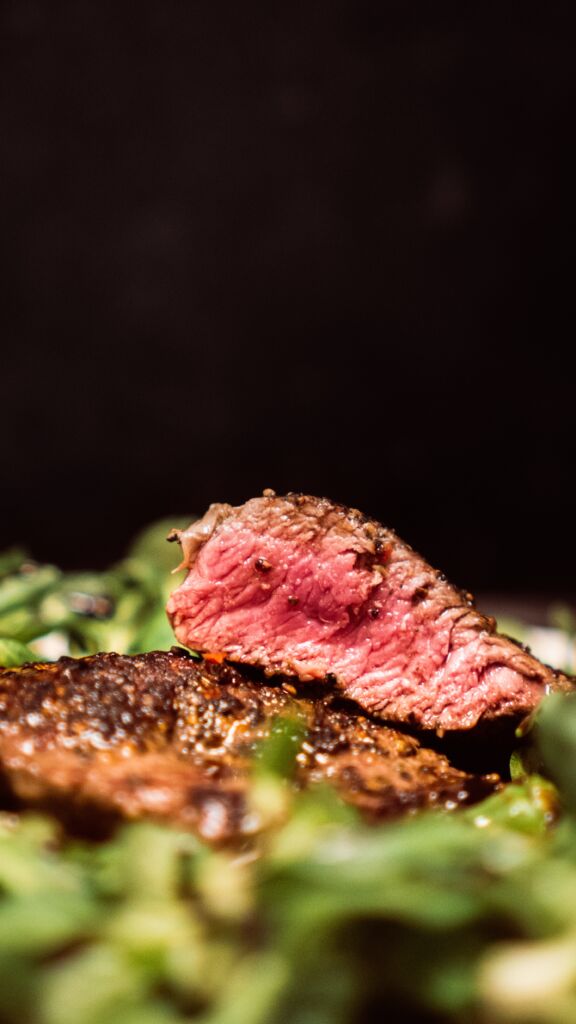
Table of Contents
- Understanding the Beef Tenderloin Cut
- Preparing the Beef Tenderloin
- Seasoning and Marinades
- Setting Up the Grill for Success
- Grilling Techniques for Different Preferences
- Checking Doneness and Resting
- Slicing and Serving Your Perfectly Grilled Beef Tenderloin
Understanding the Beef Tenderloin Cut
Before you start grilling, it’s essential to familiarize yourself with the beef tenderloin cut. Also known as filet mignon, this tender and lean portion of meat requires special attention to ensure it’s cooked to perfection.
The beef tenderloin, often referred to as the pinnacle of beef cuts, holds an esteemed place in the culinary world. Nestled within the primal area of the animal, this tender and flavorful gem is a testament to the art of butchery and an epitome of refined taste. As you embark on your journey to grill a beef tenderloin, it’s imperative to first acquaint yourself with the anatomy of this exceptional cut, understanding its unique characteristics that contribute to its unparalleled reputation.
Picture a symphony of textures: a tender heart encased in lean muscle, enveloped by a delicate layer of fat. This orchestration of elements creates an exquisite balance that promises both succulence and depth of flavor. The tenderloin’s location, nestled beneath the ribs and extending towards the rear of the animal, results in a cut that’s minimally worked, rendering it remarkably tender—a quality that sets it apart from other beef cuts.
As the star of many fine dining menus, the beef tenderloin caters to those who seek the ultimate in tenderness. Its leanness makes it an ideal canvas for infusing flavors, whether through marinades, rubs, or complementary side dishes. Its versatility allows it to shine in various culinary preparations, from the elegant simplicity of a classic steak au poivre to the grandeur of a Chateaubriand roast.
However, its unparalleled tenderness and subtle flavors come with a caveat: its minimal fat content requires precision in cooking to achieve the perfect balance of succulence and charred exterior. Hence, the need to understand the cut’s anatomy and characteristics becomes paramount.
The term “filet mignon” is synonymous with luxury, often evoking images of fine dining and celebratory occasions. The French name translates to “tender fillet,” a fitting description for a cut that graces plates with its melt-in-the-mouth texture and delicate taste. This cut’s revered status isn’t solely due to its tenderness, but also to the care and expertise that grilling enthusiasts invest in bringing out its best qualities.
To truly master the art of grilling a beef tenderloin, your journey begins with knowledge—the kind that appreciates the cut’s tenderness, understands its marbling, and respects its delicate nature. As you progress through this guide, you’ll find that this understanding serves as the foundation upon which you’ll build your grilling prowess. So, let’s delve deeper into the anatomy of the beef tenderloin, uncover its secrets, and prepare to elevate your grilling skills to new heights.
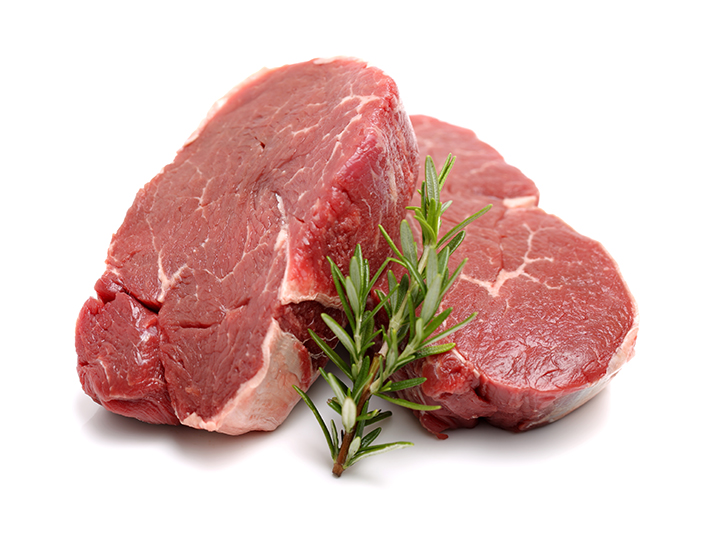
Preparing the Beef Tenderloin
Proper preparation is key to achieving consistent results. Learn how to trim, tie, and prepare the beef tenderloin for optimal cooking.
In the world of culinary excellence, the journey to a perfect dish begins long before the sizzle of the grill. The canvas upon which flavors will dance and aromas will captivate starts as a slab of beef tenderloin, waiting to be sculpted into a masterpiece. As you embark on the journey to grill this exceptional cut, understanding the significance of proper preparation is a fundamental step that ensures your culinary adventure begins on the right note.
Trimming: Unveiling the Potential
Trimming the beef tenderloin is akin to revealing a hidden treasure. The first task in this artful process is to remove any silverskin—a thin, translucent membrane that covers the tenderloin. This layer doesn’t melt away during cooking and can cause unevenness in texture. By deftly removing the silverskin, you set the stage for an even cook and a sumptuous dining experience. However, remember to exercise caution while trimming, as the goal is to remove only the silverskin and not the delicate marbling that contributes to the cut’s rich flavor.
Tying: Ensuring Uniformity
Tying the beef tenderloin is a step that ensures uniformity in both shape and cooking. The tenderloin’s tapered form may result in uneven cooking times if left unattended. By using kitchen twine, you can secure the roast in a compact shape, promoting even heat distribution throughout the grilling process. This technique not only enhances the aesthetics of the final presentation but also contributes to consistent cooking, allowing you to serve succulent slices that are cooked to perfection from end to end.
Enhancing Flavor: Marinating and Seasoning
While the inherent flavors of a beef tenderloin are exceptional, enhancing them with carefully chosen marinades and seasonings can take your culinary creation to new heights. Marinating introduces additional flavors and tenderizes the meat, creating a harmonious blend of taste sensations. From classic garlic and rosemary to bolder blends of exotic spices, the options are as diverse as your palate’s desires.
Seasoning, on the other hand, can be as simple as salt and freshly ground pepper. This minimalist approach allows the true flavors of the tenderloin to shine while offering a contrast between the savory outer crust and the succulent interior. Whether you opt for a complex marinade or choose to showcase the meat’s natural qualities, the key lies in ensuring a balance that complements rather than overwhelms.
A Symphony of Preparation
As you embark on the journey of preparing the beef tenderloin, remember that this phase sets the tone for the grilling experience to come. Trimming, tying, and enhancing flavors through marinades or seasonings are all notes in a symphony of preparation that harmoniously leads to a culinary crescendo. Each step is a testament to your dedication to mastering the art of grilling, ensuring that every slice that comes off the grill is a symphony of flavor, texture, and visual delight.
With each careful cut and precise tie, you infuse your efforts with intention, turning the tenderloin into a canvas upon which your culinary aspirations will be realized. As you move forward to the grilling stage, take pride in the knowledge that your meticulous preparation has set the foundation for a spectacular culinary performance—one that will surely delight the senses of all fortunate enough to partake in the feast.
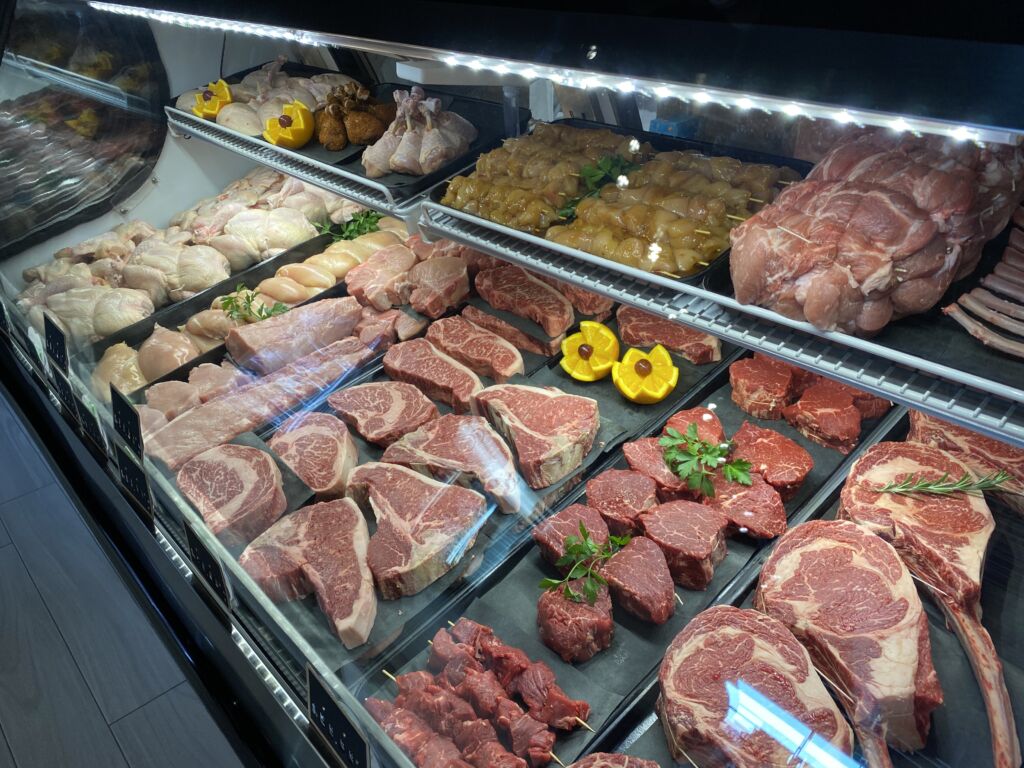
Seasoning and Marinades
Discover a range of seasoning options and marinades that enhance the natural flavors of the beef tenderloin. From classic herbs and spices to creative marinade ideas, we’ve got you covered.
In the realm of culinary artistry, seasoning and marinades are the brushes and colors with which you paint the canvas of flavors. The beef tenderloin, with its delicate taste and remarkable tenderness, offers a remarkable foundation upon which you can create a symphony of tastes that dance on the palate. In this section, we delve into the world of seasoning and marinades, unraveling a tapestry of possibilities that elevate the natural beauty of the beef tenderloin to a new level of gastronomic excellence.
The Magic of Seasoning
Seasoning isn’t merely about adding salt and pepper—it’s about creating a harmonious composition that enhances the essence of the meat. The simple act of seasoning plays a pivotal role in coaxing out the tenderloin’s inherent flavors while providing a tantalizing contrast to its succulence. A classic blend of kosher salt and freshly ground black pepper works wonders, striking a balance that allows the meat’s natural qualities to shine through.
However, the world of seasoning is vast and inviting. A touch of garlic powder, a hint of smoked paprika, or a sprinkle of dried thyme can add depth and complexity to the profile. Consider experimenting with different combinations, allowing your taste preferences to guide your creative process. The beauty of seasoning lies in its ability to be both subtle and impactful, turning a straightforward piece of meat into a culinary revelation.
Marinades: Infusing Flavor and Tenderness
Marinating is a process that embraces patience, allowing flavors to meld and tenderize the beef tenderloin. The act of marinating transcends mere seasoning, delving into a realm where creativity knows no bounds. A well-crafted marinade not only introduces flavors but also serves as a conduit for culinary inspiration.
From a classic blend of olive oil, garlic, and rosemary that pays homage to tradition, to more exotic concoctions featuring soy sauce, ginger, and sesame oil that embrace global influences—marinades offer a world of exploration. The tenderloin’s receptive nature makes it a perfect candidate for infusing flavors, creating a marriage between the marinade and the meat that results in a symphony of tastes with every bite.
A Symphony of Possibilities
In this culinary symphony of seasoning and marinades, the conductor is none other than you, the chef. You hold the power to curate a flavor profile that resonates with your preferences, creating an experience that’s uniquely yours. The beef tenderloin serves as both canvas and muse, ready to absorb the essence of your chosen seasonings and marinades, and transform them into a masterpiece of taste.
Whether you opt for the elegance of a rosemary-infused olive oil or the adventurousness of a citrus-chili marinade, the key is to strike a chord that resonates with your senses. As you explore the realm of flavors, remember that there’s no right or wrong—only an exciting journey of discovery. So, embrace the culinary palette before you, and with each brushstroke of seasoning and infusion of marinade, create a culinary masterpiece that’s as diverse and vibrant as your imagination allows.

Setting Up the Grill for Success
Get your grill ready for the main event. Learn about direct and indirect heat zones, proper temperature settings, and essential tools for a seamless grilling process.
As you stand before your grill, anticipation building and the aroma of outdoor cooking filling the air, the stage is set for a culinary performance that will define your beef tenderloin masterpiece. Yet, before you place that tender cut on the grates, there’s an art to ensuring that your grill is prepared to deliver the best results. This section takes you behind the scenes, into the realm of grill setup, temperature management, and essential tools—a backstage pass to grilling success.
Direct and Indirect Heat Zones: The Dance of Control
Creating a masterpiece on the grill is akin to orchestrating a symphony, and direct and indirect heat zones are your instruments of control. Each zone has a distinct role in the cooking process, ensuring that your beef tenderloin receives the attention it deserves.
Direct heat zones are the spotlight on the stage, where high heat sears the exterior, creating that coveted crust and locking in juices. This zone is where you achieve those beautiful grill marks that signal the beginning of a transformation from raw to irresistible.
Indirect heat zones, on the other hand, are the backstage area where slow and gentle cooking takes place. Here, the tenderloin luxuriates in a more controlled environment, allowing the interior to cook evenly without risking overcooking or drying out the meat. This dance between direct and indirect zones is the key to achieving the perfect balance of charred exterior and succulent interior.
Temperature Settings: Precision in Every Degree
Like a conductor guiding an orchestra, mastering the temperature of your grill is pivotal to success. Different cuts and cooking preferences demand specific temperature ranges. A beef tenderloin, with its delicate nature, thrives in a medium-high heat environment.
Investing in a reliable meat thermometer is the secret to grilling confidence. Inserted into the thickest part of the tenderloin, this tool provides real-time insight into the meat’s internal temperature. For medium-rare, aim for around 135°F (57°C), allowing a few degrees for carryover cooking as the tenderloin rests.
Essential Tools: Your Culinary Arsenal
Just as a painter needs the right brushes, a griller requires essential tools to bring their masterpiece to life. A long-handled pair of tongs ensures you can manipulate the meat with precision while maintaining a safe distance from the flames. A grill brush keeps the grates clean, preventing sticking and ensuring those perfect grill marks. A basting brush allows you to apply marinades and bastes with finesse, infusing the tenderloin with flavor.
Armed with these tools and knowledge, you’re ready to ensure that your grill is a well-organized stage for the culinary spectacle that’s about to unfold. The harmony of direct and indirect heat, the precision of temperature management, and the confidence imbued by essential tools create an environment where grilling success is not a mere possibility, but a certainty.
A Seamless Symphony of Grilling
As you ready your grill for the grand performance, remember that it’s not just about heat and tools—it’s about crafting an experience. It’s about turning the act of grilling into a seamless symphony where each note is carefully composed, every tool is wielded with expertise, and the stage is set for the most unforgettable tenderloin masterpiece.
With direct and indirect heat zones as your choreographed dance partners and temperature settings as your guiding tempo, you take the lead in this culinary performance. With essential tools in hand, you wield your culinary baton with finesse, bringing every element into perfect harmony. As the grill sizzles and the aroma wafts, you’re not just grilling—you’re creating an experience that transcends the plate, embodying the passion and mastery that elevate the act of outdoor cooking to an art form.
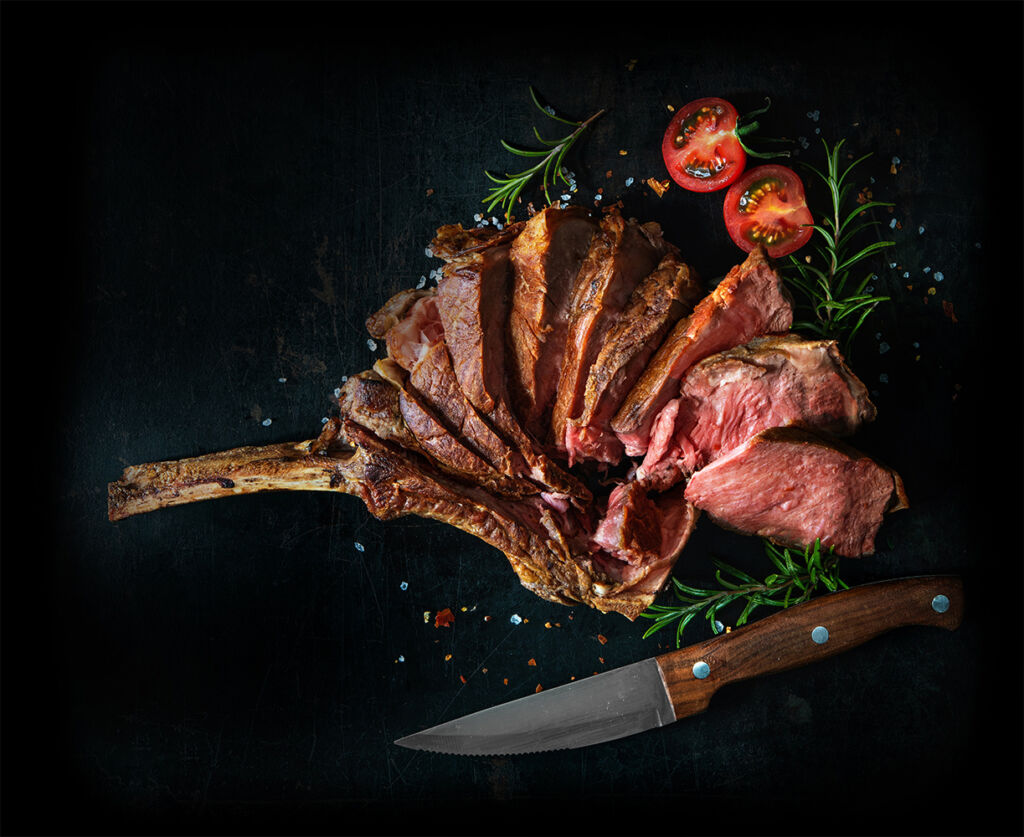
Grilling Techniques for Different Preferences
Whether you prefer rare, medium-rare, or well-done, we’ll guide you through grilling techniques that cater to different levels of doneness, ensuring your beef tenderloin is cooked just the way you like it.
Cooking a beef tenderloin to perfection is a matter of not just culinary finesse, but also personal preference. Just as each individual possesses a unique palate, the desired level of doneness for a tenderloin varies from one grill enthusiast to another. Whether you yearn for the juiciness of rare, the ideal balance of medium-rare, or the well-done solidity that captures the essence of tradition, our guide equips you with the techniques to achieve your preferred outcome.
The Art of Rare: A Delicate Balance
For those who cherish the primal essence of meat and desire the ultimate expression of tenderness, rare is a choice that resonates. Achieving rare doneness involves a gentle dance on the grill—one that sears the exterior while allowing the interior to retain its rich, unadulterated juiciness. The goal is to reach an internal temperature of around 125°F (52°C), a temperature that preserves the tenderloin’s inherent qualities while offering a hint of warmth.
Our guide offers insights into the art of searing at high heat to develop that coveted crust, followed by a brief spell of indirect heat to allow the heat to penetrate and transform the core. The result? A rare steak that offers a sensory adventure, inviting you to savor the primal flavors in every succulent bite.
Medium-Rare: The Sweet Spot of Tenderness
Medium-rare is often hailed as the “sweet spot” of beef doneness—a realm where tenderness and flavor converge in harmonious perfection. Achieving medium-rare doneness involves grilling the tenderloin until its internal temperature reaches around 135°F (57°C). This range strikes a balance between a gently pink center and a seared exterior.
Our guide unveils the techniques to craft this balance with finesse. The art of heat management comes to the forefront, as you navigate between direct and indirect zones, employing time and temperature to coax the tenderloin to this ideal state. The result? A symphony of flavors that captivate the senses, an exploration of taste that transcends the realms of a simple steak.
Well-Done: A Tribute to Tradition
For some, well-done is more than a choice; it’s a tribute to tradition and personal preference. Achieving well-done doneness involves a longer journey on the grill, where the internal temperature of the tenderloin reaches around 160°F (71°C). The heat penetrates every fiber, rendering a steak that’s solid, cooked-through, and reminiscent of culinary heritage.
Our guide doesn’t overlook the devotees of well-done doneness. We provide you with the guidance to carefully navigate the path to well-done, ensuring that the flavors are rich, the textures are solid, and the essence of the beef tenderloin is preserved even in its fully cooked state.
A Journey Customized to Your Palate
Just as a maestro tailors a symphony to captivate diverse audiences, our guide customizes the grilling experience to suit your palate’s desires. Whether you lean towards the rare, savor the medium-rare, or cherish the well-done, our techniques empower you to create a masterpiece that aligns with your culinary preferences.
The journey doesn’t merely focus on the destination—it embraces the process, the techniques, and the artistry that goes into achieving the perfect level of doneness. As you navigate the nuances of grilling for different preferences, you embark on a culinary adventure that’s both a learning experience and a testament to the diversity of tastes that make the world of outdoor cooking truly captivating.
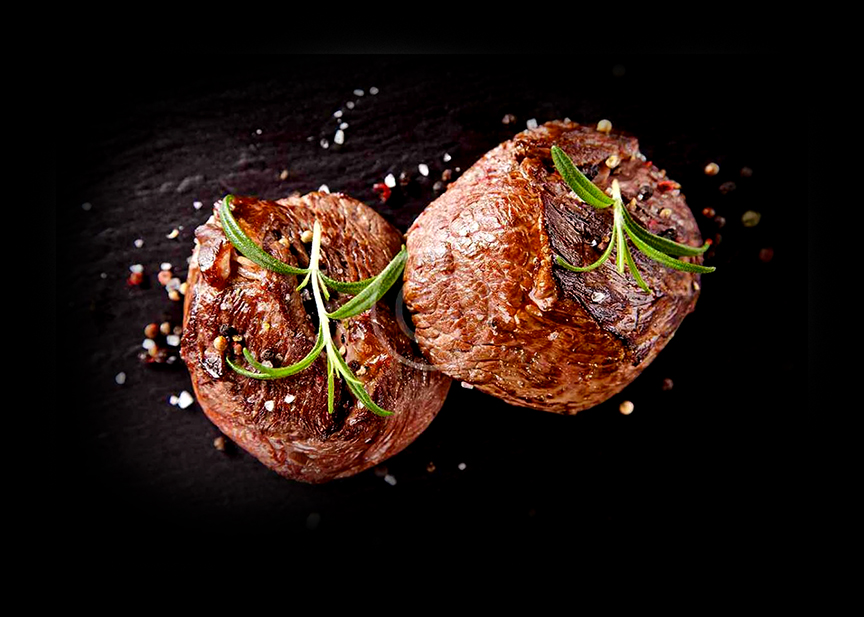
Checking Doneness and Resting
Discover foolproof methods for checking the internal temperature of your beef tenderloin to achieve the desired level of doneness. Learn the importance of resting to retain juices and ensure a juicy, flavorful result.
As the flames dance and the aroma of grilling fills the air, you find yourself at a pivotal juncture—the moment when the beef tenderloin’s transformation is nearly complete. Ensuring that your masterpiece emerges from the grill at the precise level of doneness you desire requires a blend of precision and patience. This section not only unveils the art of gauging doneness but also imparts the wisdom of allowing the tenderloin to rest—a culinary act that holds the key to elevating your dining experience from good to extraordinary.
Checking Doneness: The Quest for Perfection
Checking the internal temperature of your beef tenderloin is akin to reading the meat’s culinary destiny. It’s a process that requires finesse, guided by the principles of precision and a thermometer’s wisdom. Our guide presents you with foolproof methods to gauge doneness accurately, ensuring that every cut is a triumph of your grilling prowess.
By inserting a meat thermometer into the thickest part of the tenderloin, you gain insight into its core temperature. For rare, you’re aiming for around 125°F (52°C); for medium-rare, around 135°F (57°C); and for well-done, around 160°F (71°C). This act transforms you into a culinary conductor, determining whether the tenderloin is poised to offer a symphony of flavors that resonate with your palate.
The Art of Resting: A Crucial Act of Patience
In the world of culinary orchestration, resting is the interval between the final note and the applause—an interval that shapes the outcome. Resting, in the context of grilling a beef tenderloin, is an act of patience that rewards you with a juicy, flavorful result.
Resting allows the meat’s juices to redistribute, ensuring that every slice is infused with succulence. As the tenderloin is removed from the grill, cover it loosely with aluminum foil and let it rest for around 10 to 15 minutes. During this period, the heat within the meat continues to gently distribute, the fibers relax, and the flavors harmonize. The result? A tenderloin that’s not only visually appealing but also offers a melt-in-the-mouth texture and an explosion of taste.
Elevating the Experience: From Grill to Plate
In the realm of grilling, the journey doesn’t end when you remove the tenderloin from the grill. It continues through the vital phase of checking doneness and the essential act of resting. These final steps are the finishing brushstrokes on your culinary canvas, ensuring that your masterpiece is not only perfectly cooked but also bursting with succulence and flavor.
As you savor the anticipation that builds during the resting period, you’re reminded that great culinary moments are the result of both precision and patience. With each passing minute of resting, the flavors intensify, the textures become more tender, and the essence of the beef tenderloin is preserved. The wait is worth it, as the symphony of grilling culminates in a culinary crescendo that delights the senses, satisfies the soul, and transforms your tenderloin into a work of art that’s ready to grace your plate.
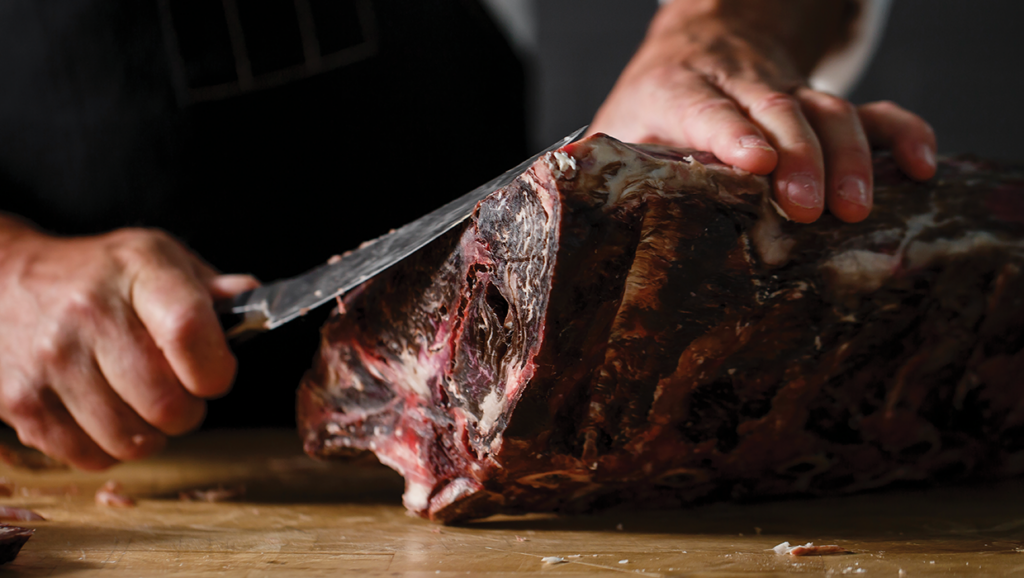
Slicing and Serving Your Perfectly Grilled Beef Tenderloin
Master the art of slicing and presentation. Impress your guests with beautifully plated beef tenderloin slices that showcase your newfound grilling expertise.
As the final act of your culinary symphony unfolds, the stage shifts from the grill to the dining table—a transition that demands as much finesse as the cooking process itself. Slicing and serving your perfectly grilled beef tenderloin isn’t just about cutting meat; it’s about curating an experience that speaks to your dedication, expertise, and the joy of sharing a remarkable dish with those you hold dear. This section delves into the art of slicing and presentation, ensuring that your tenderloin takes center stage in a visual and gastronomic performance that will be remembered long after the last bite.
Slicing with Precision: A Delicate Dance
Slicing a beef tenderloin is more than a mechanical act; it’s a dance that requires precision, attention, and the appreciation of the tenderloin’s journey from raw to grill perfection. The goal is to create slices that are uniform in thickness, allowing each guest to experience the full spectrum of flavors and textures.
To achieve this, start by placing the tenderloin on a cutting board and identifying the grain—the lines that run along the meat’s fibers. Slice against the grain, using a sharp carving knife to ensure clean cuts that preserve the tenderloin’s integrity. Each slice is a testament to your grilling prowess, showcasing the delicate pink hues, the seared crust, and the tantalizing marbling that make the beef tenderloin a true masterpiece.
Presentation: A Feast for the Eyes and Palate
The presentation of your grilled beef tenderloin is a celebration of your dedication to the craft. Plating is more than just arranging slices on a plate; it’s an opportunity to create a visual feast that mirrors the sumptuousness of the dish itself. Begin by selecting a beautiful serving platter that complements the elegance of the tenderloin.
Lay the slices with care, allowing them to overlap slightly, creating a cascade of texture and color. Consider garnishes that add both visual appeal and complementary flavors—a sprig of fresh rosemary, a drizzle of balsamic reduction, or a sprinkle of microgreens. The result is a work of edible art that entices the eyes and beckons the palate.
Sharing the Culinary Symphony
As you present your perfectly sliced and artfully arranged beef tenderloin, you’re not just offering a dish; you’re sharing the culmination of your culinary journey. Each slice is a gift—a testament to your dedication to learning, your mastery of grilling techniques, and your desire to create an experience that lingers in the memories of your guests.
The act of serving transcends the mere physicality of food; it’s an expression of love, care, and the joy of sharing a remarkable creation. Your perfectly grilled beef tenderloin embodies the fusion of technique and passion, and as your guests savor every bite, they become part of the symphony you’ve orchestrated—a symphony that celebrates the art of grilling, the joy of gathering, and the magic of turning a simple cut of meat into a masterpiece that’s as much a feast for the eyes as it is for the soul.

Conclusion
Grilling a beef tenderloin is a culinary accomplishment that’s within reach for every skill level. With our expert guide, you’ll confidently grill a mouthwatering masterpiece that’s bound to become a favorite centerpiece for your gatherings. Elevate your grilling skills and embark on a journey of flavor and satisfaction with our comprehensive tutorial.
As you’ve journeyed through the art of grilling a beef tenderloin, you’ve not only learned techniques and methods but also delved into the heart of outdoor cooking—a realm where passion meets precision and the alchemy of heat transforms raw ingredients into memorable feasts. From understanding the intricacies of the beef tenderloin cut to mastering the dance of direct and indirect heat, you’ve embraced the principles that elevate a simple process to a culinary adventure.
Our comprehensive guide has been your companion, walking you through every step with insights, tips, and the wisdom gained from culinary expertise. With each page, you’ve gained confidence, honed your skills, and explored the nuances that transform a tenderloin into a masterpiece worthy of any table.
And now, armed with knowledge and a newfound skill set, you’re ready to step into the spotlight of the grilling world. Whether you’re a beginner seeking to impress or a seasoned grill enthusiast aiming to refine your craft, the art of grilling a beef tenderloin is an accomplishment that transcends skill levels. It’s a journey that’s as much about the destination—the perfectly grilled tenderloin—as it is about the process of learning, experimenting, and embracing the joy of outdoor cooking.
Imagine the sizzle of the grill, the aroma that wafts through the air, and the anticipation that builds with every passing minute. Picture the beautiful sear, the tender interior, and the symphony of flavors that await your guests and yourself. With your newfound expertise, every gathering becomes an opportunity to showcase your culinary prowess, to share the results of your dedication with those who matter most.
As you prepare to embark on your grilling journey, remember that the art of grilling isn’t just about food—it’s about creating memories, building connections, and celebrating the joys of life. So fire up that grill, let your passion guide you, and let the symphony of flavours and aromas envelop you. With our comprehensive tutorial as your guide, you’re poised to grill a beef tenderloin that isn’t just a dish, but a masterpiece—a testament to your skills, your dedication, and your love for the culinary craft.

